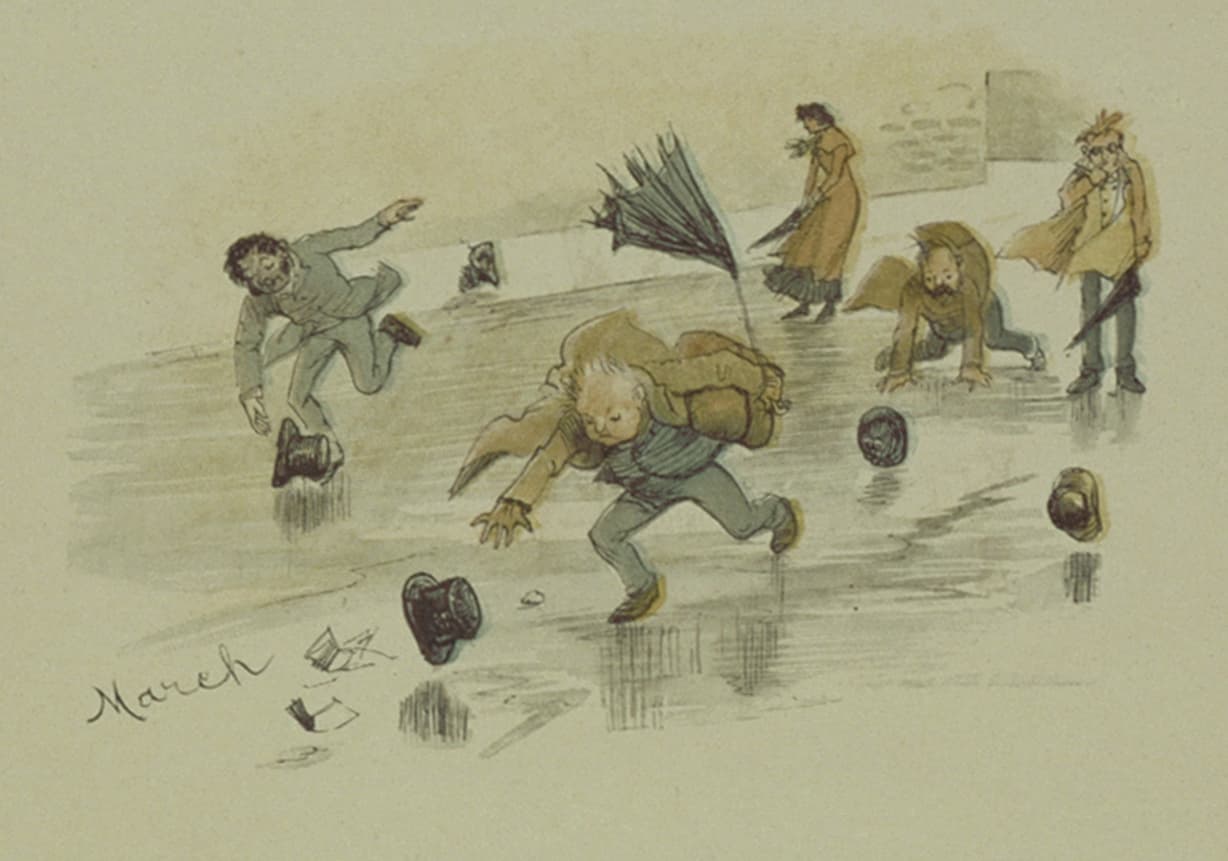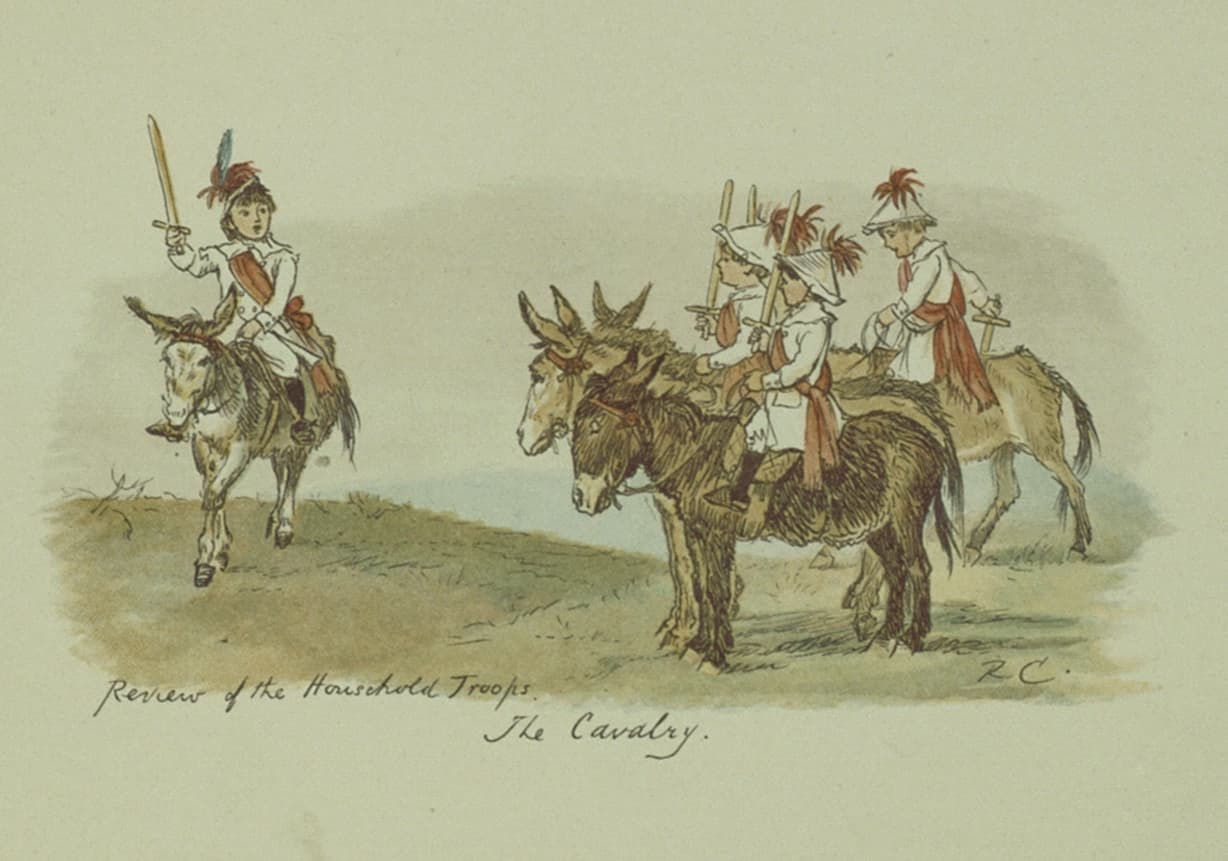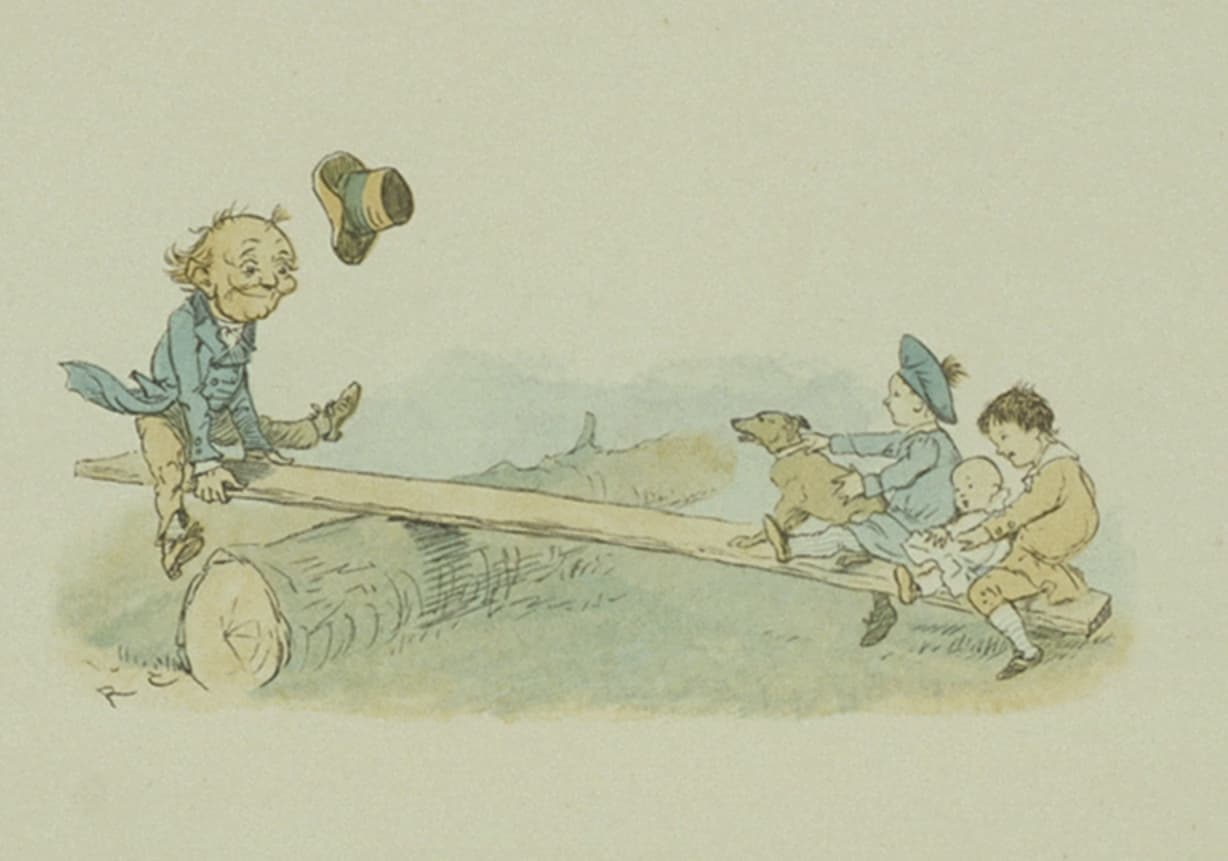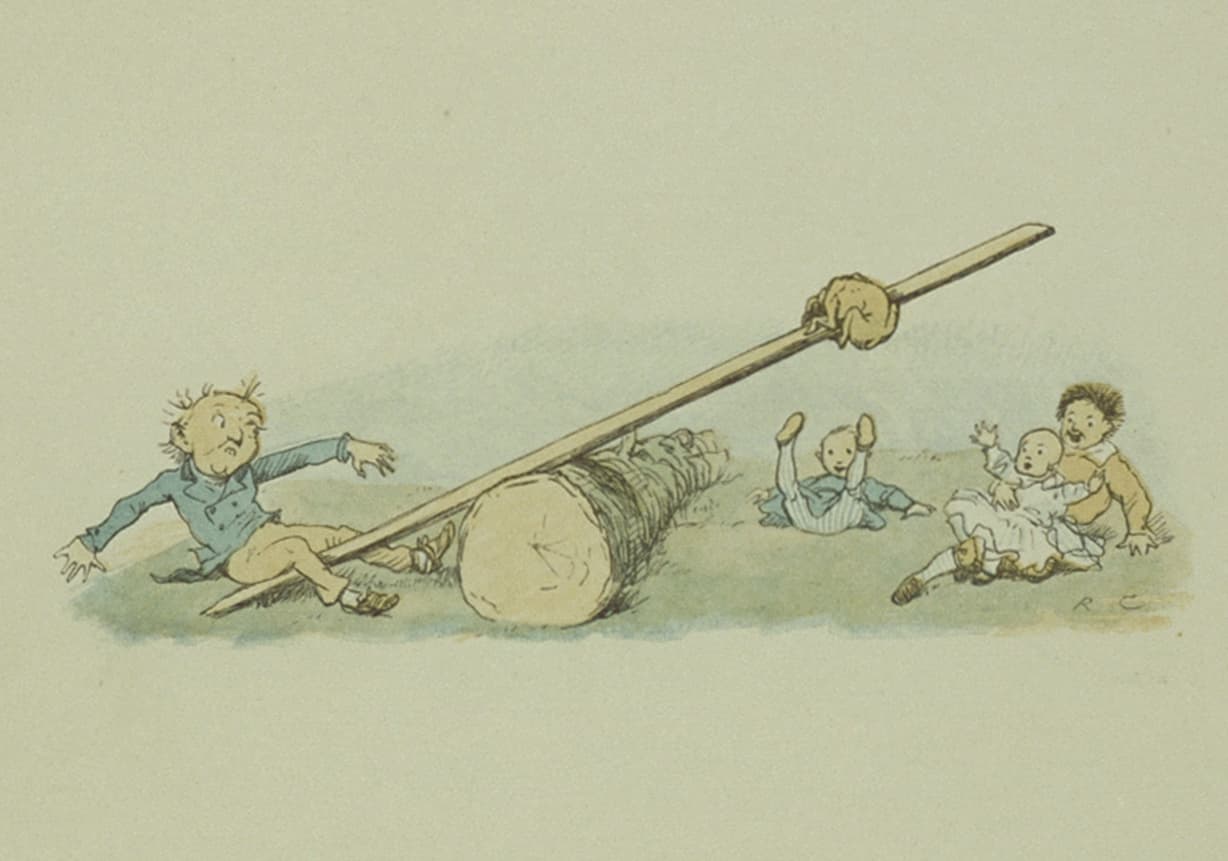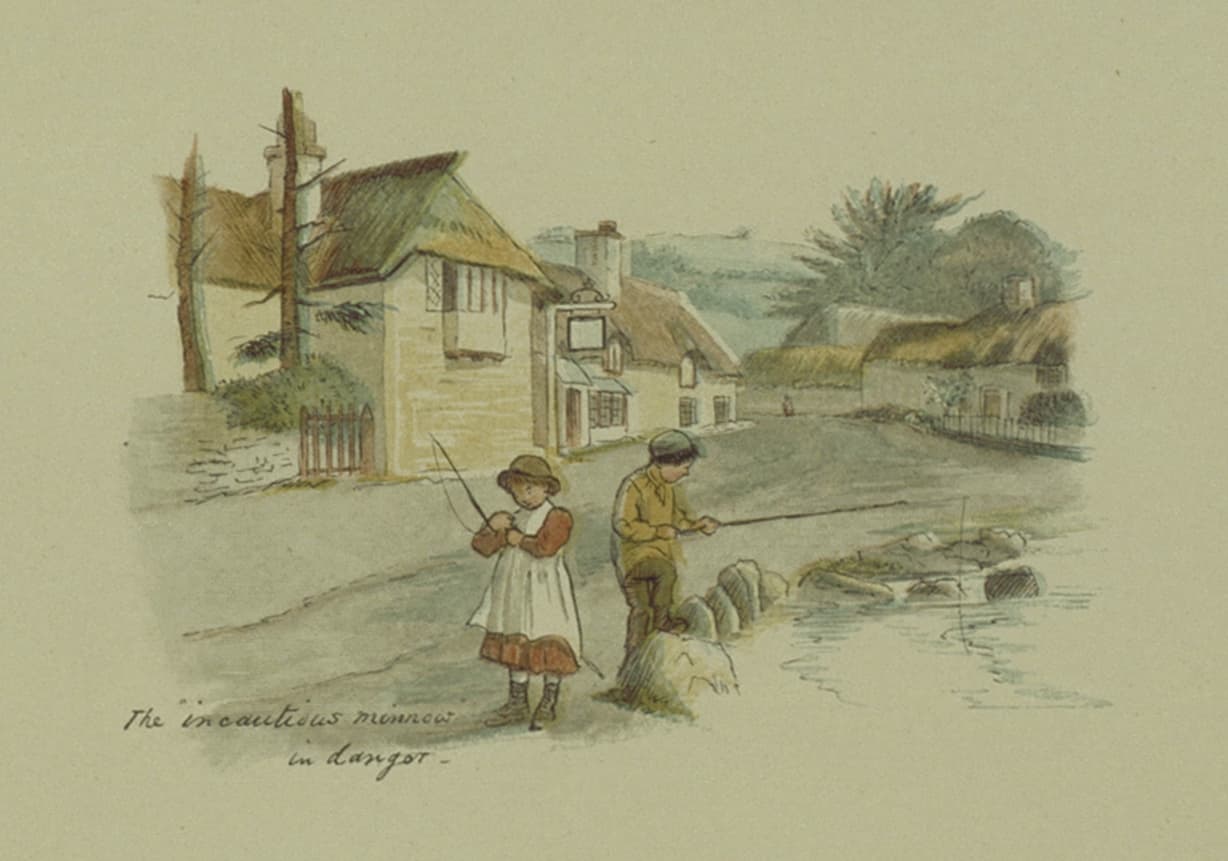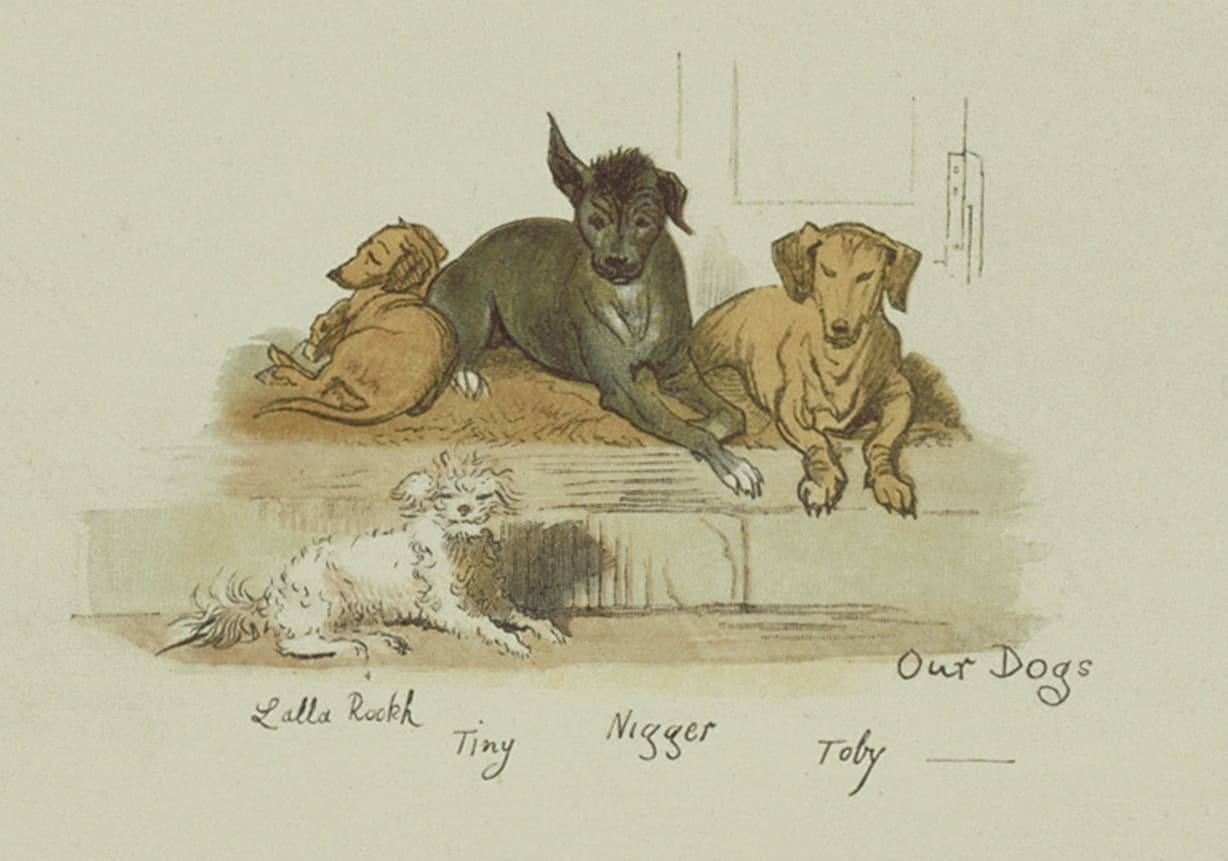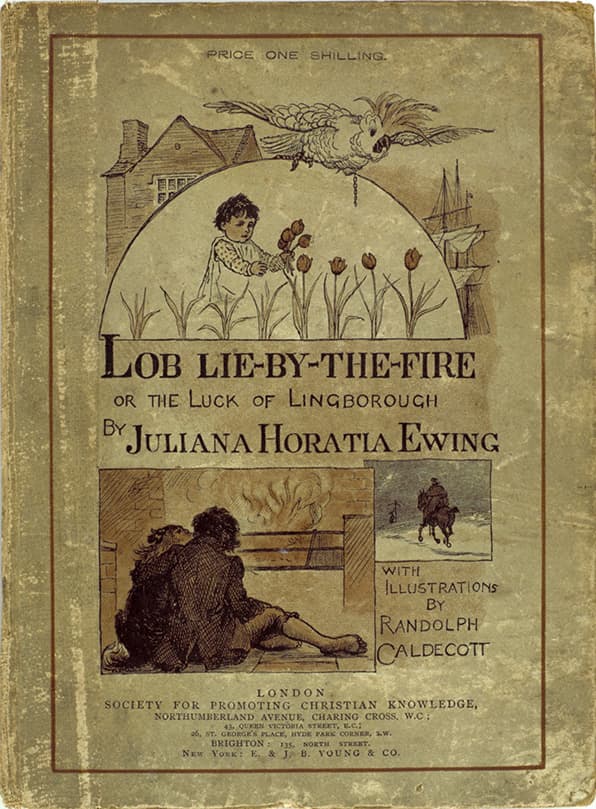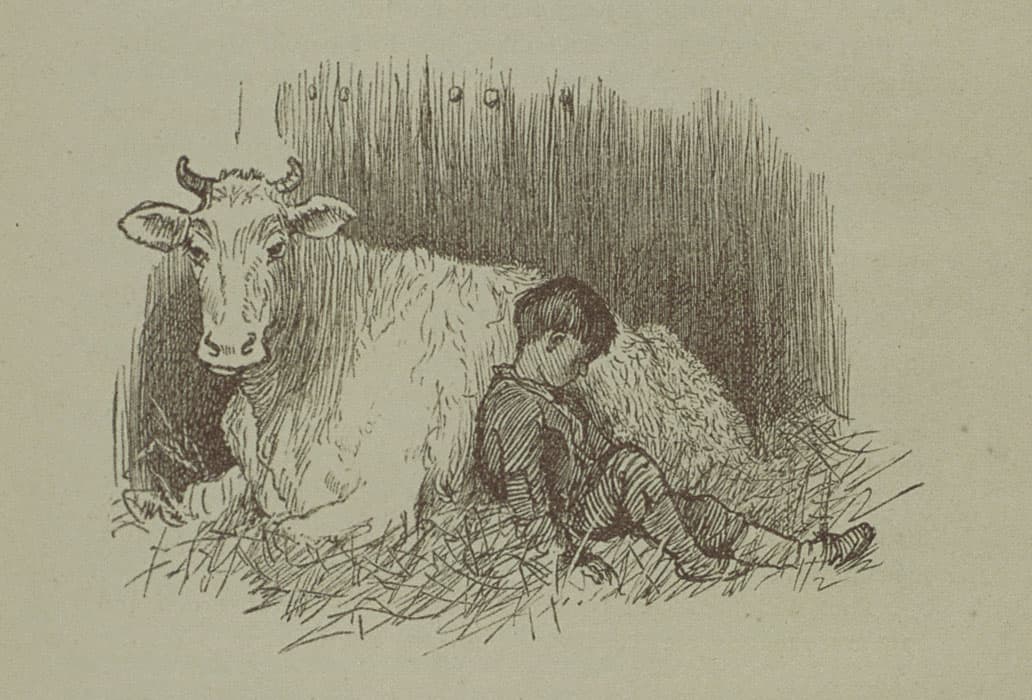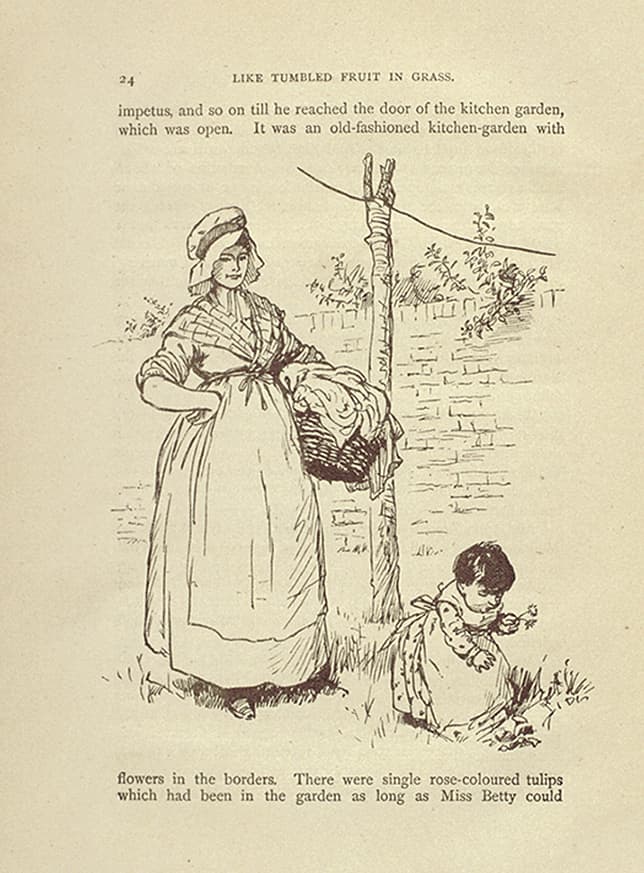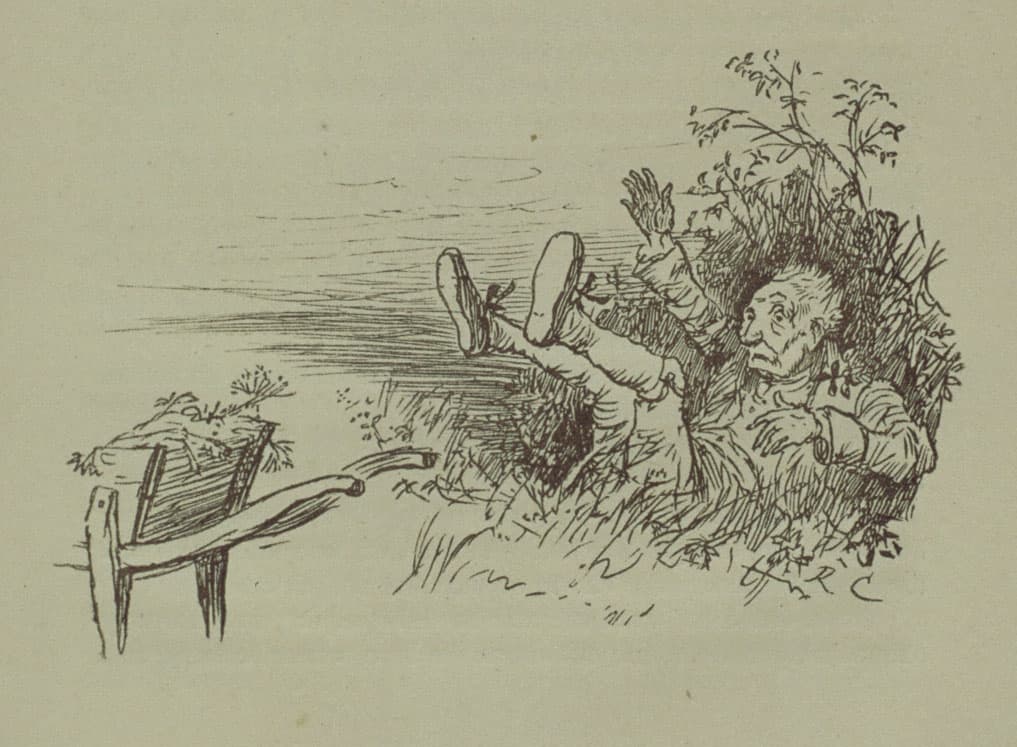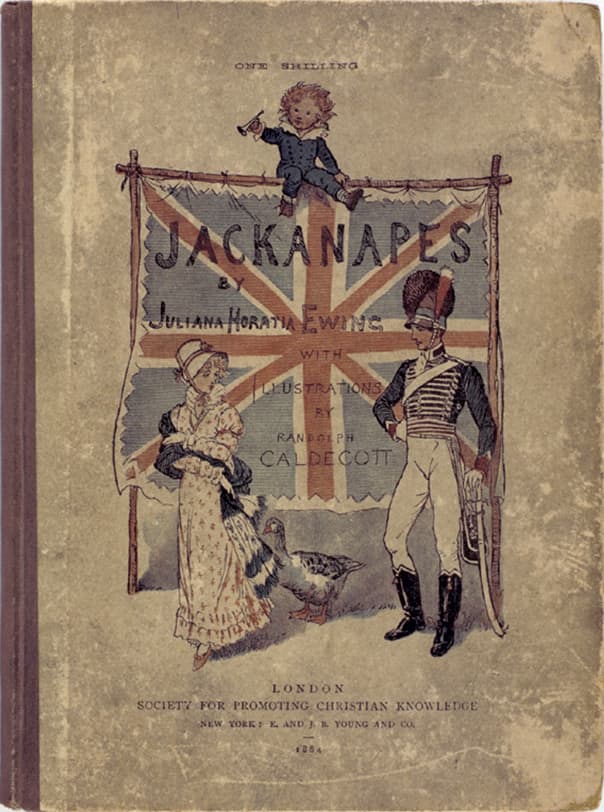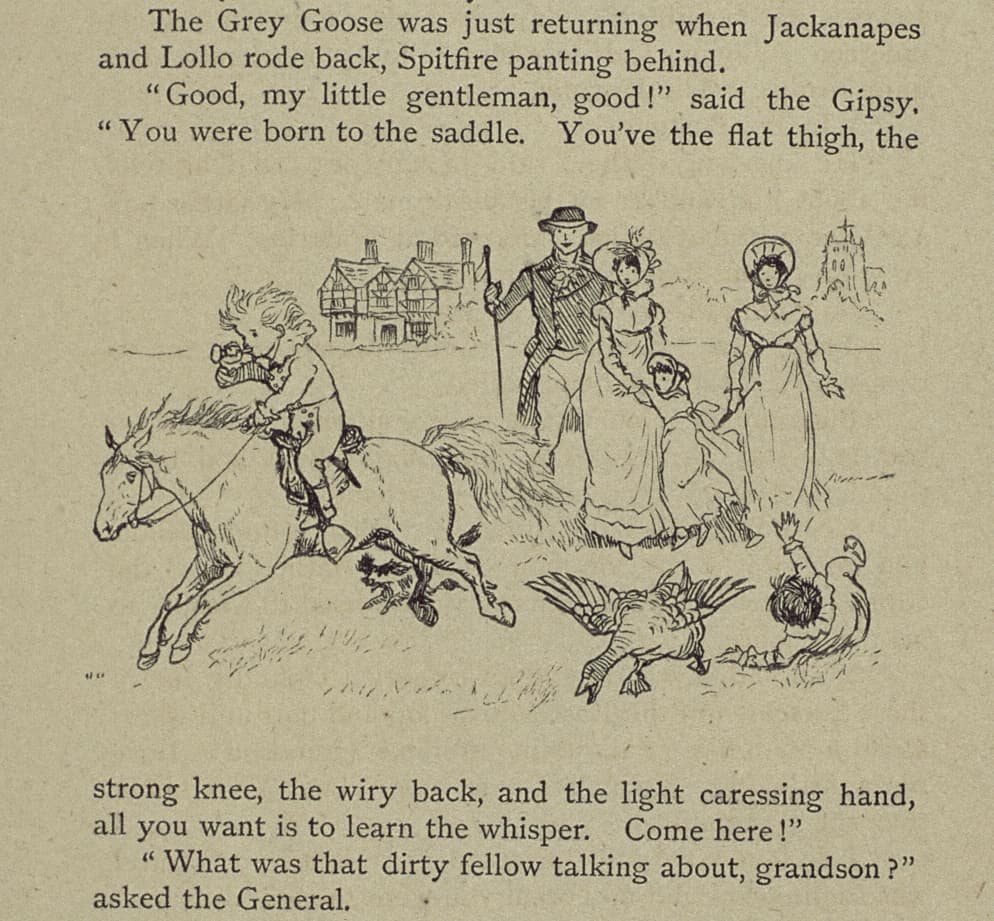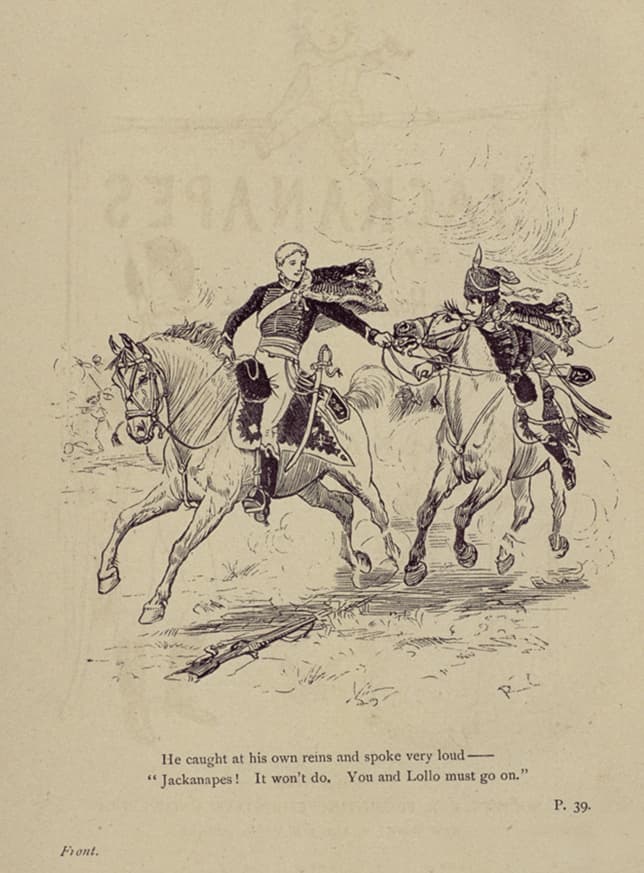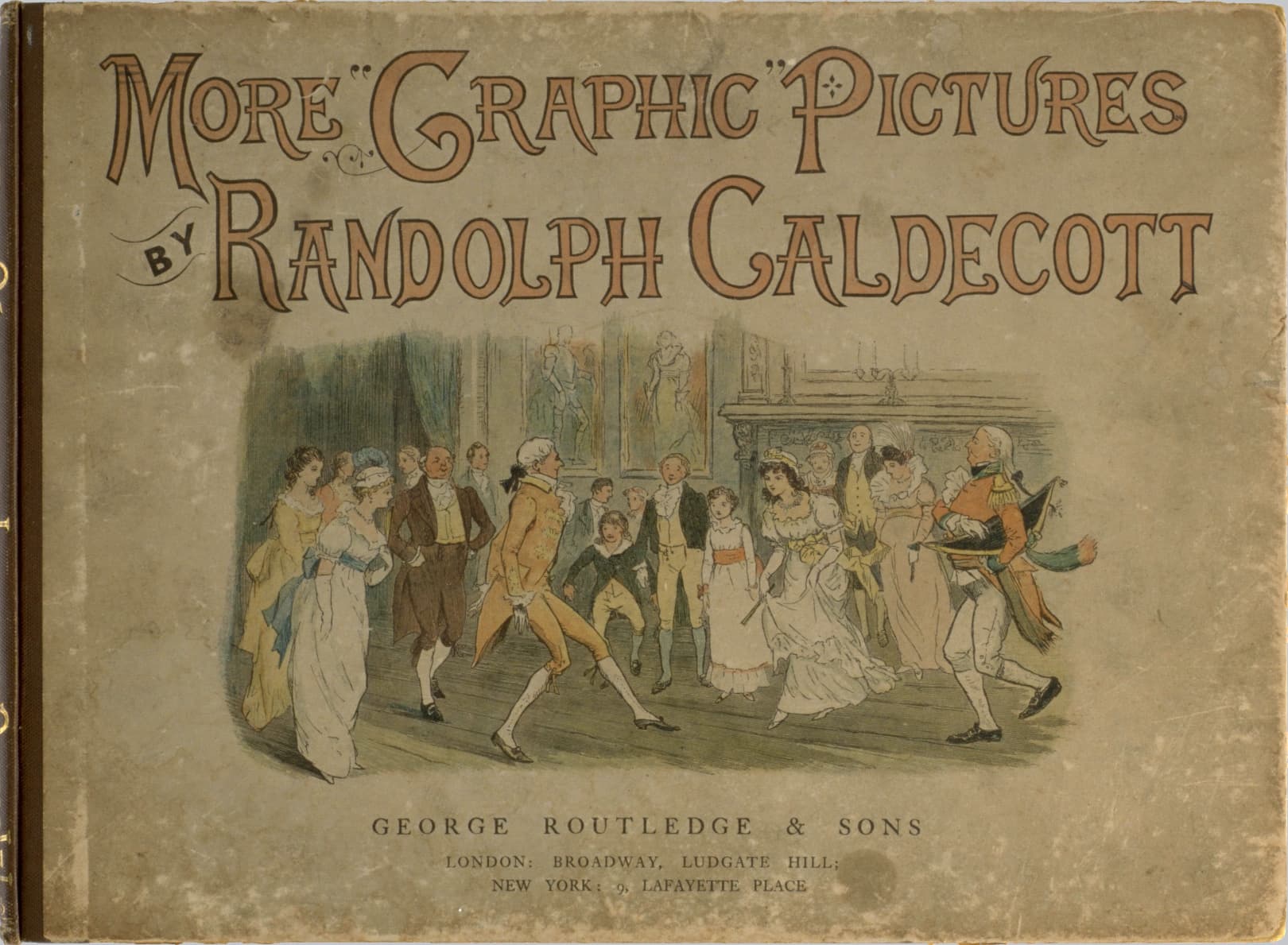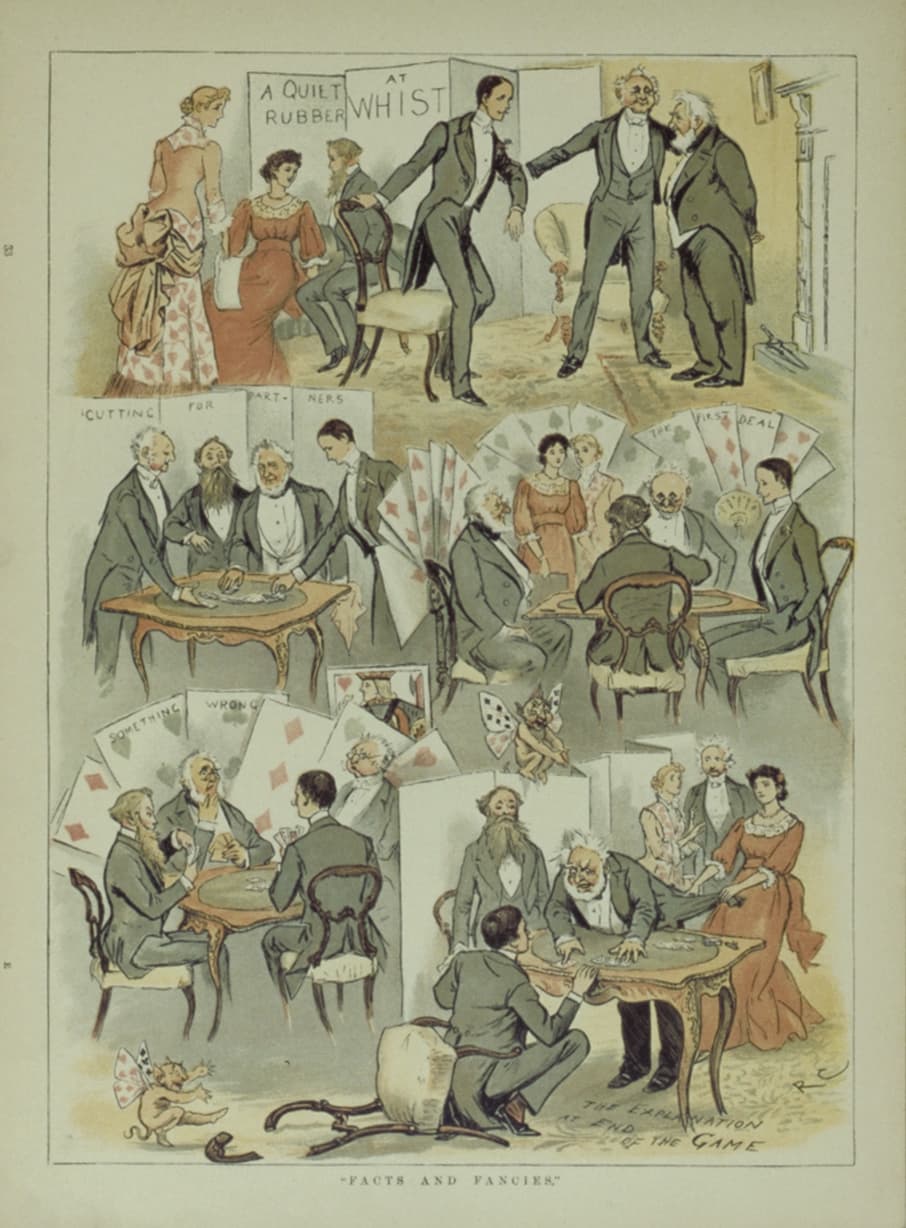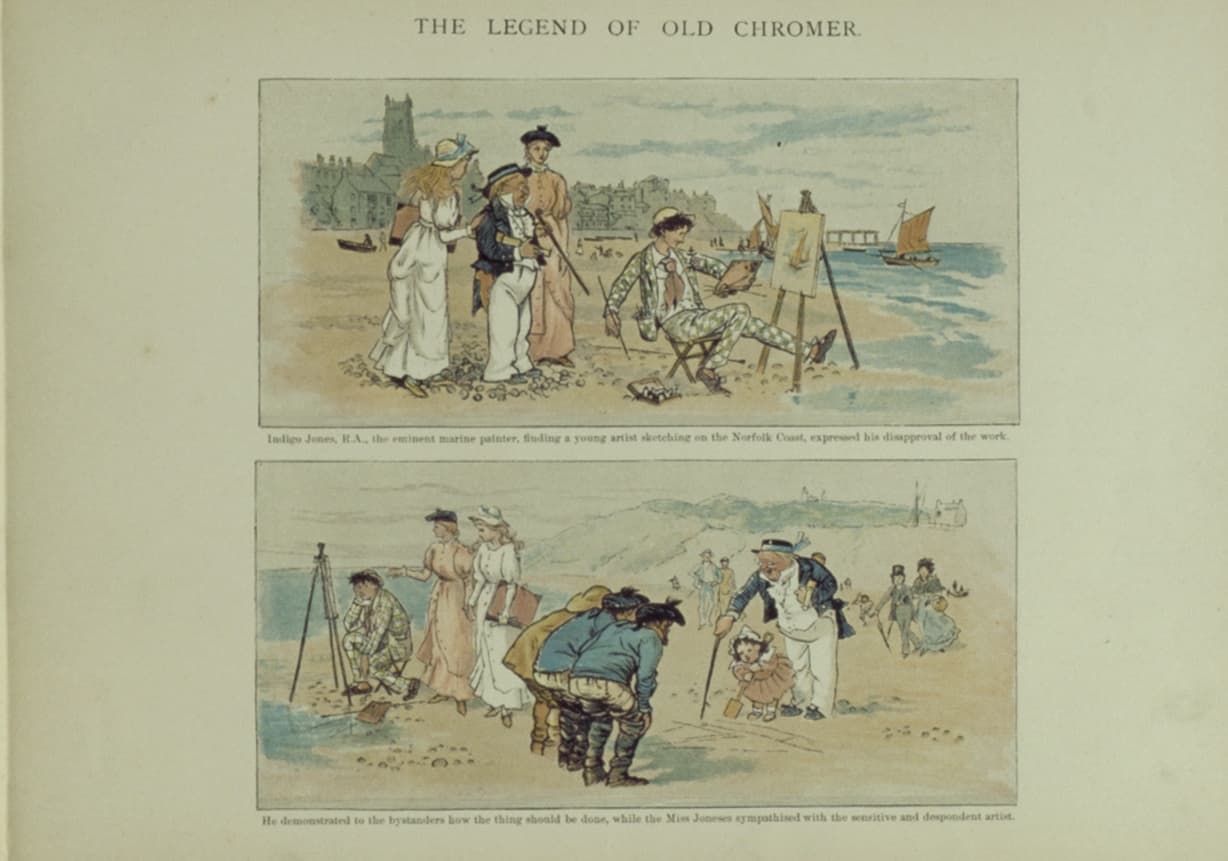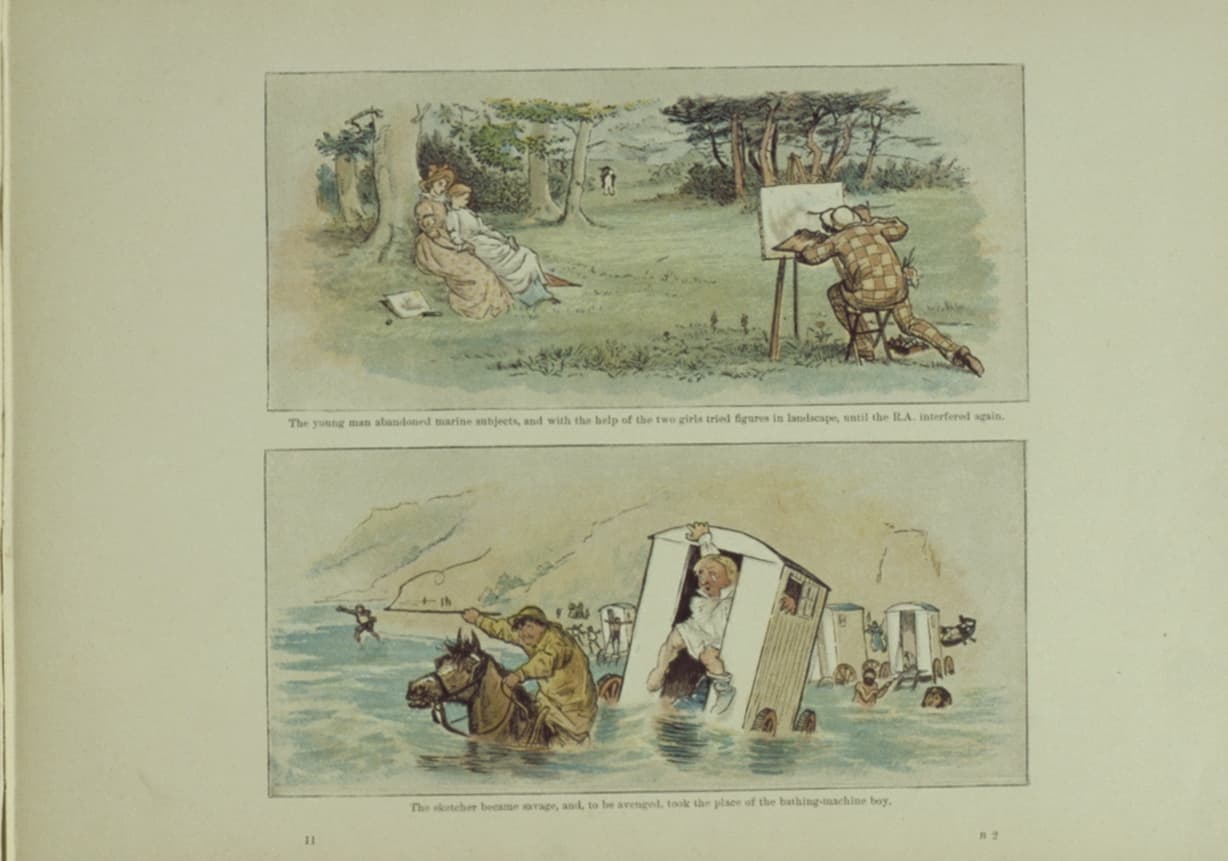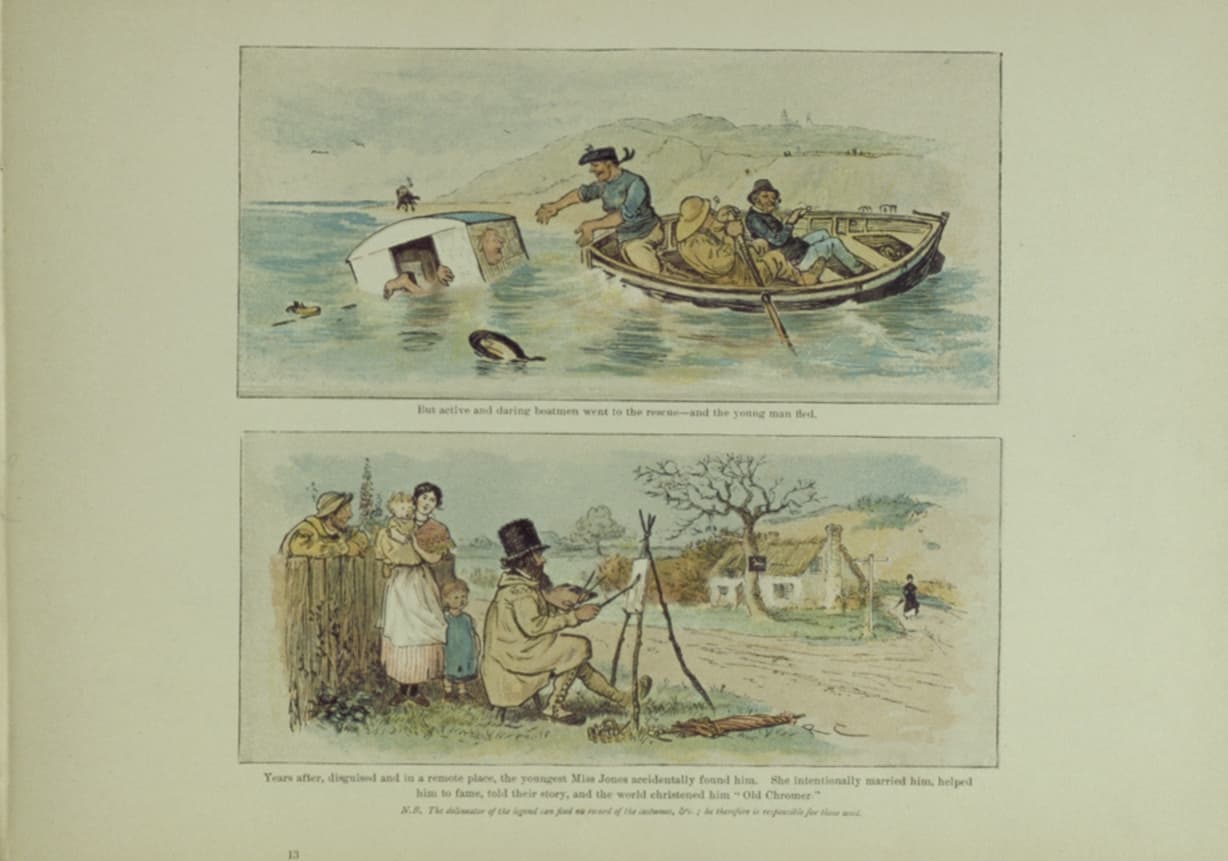本文

1) Randolph Caldecott (1846-1886)
Born the son of an accountant in Chester in central England, Randolph Caldecott demonstrated outstanding academic ability and great artistic talent throughout his childhood. In 1861, when he was still in middle school, the Illustrated London News used one of his drawings for an article. He worked at a bank from the age of fifteen until he was twenty-six, and in 1871 he left his job to go to London, determined to make his way as an artist. It was not long before J. D. Cooper, a wood engraver, took note of the work Caldecott was doing for London Society magazine and decided to use new illustrations by Caldecott in an edition of Washington Irving’s Old Christmas from The Sketch Book. The book, containing 70-odd illustrations by Caldecott, was published in 1875. Readers were delighted and it was an immediate success.
Caldecott was then spending most of his time on illustrations and drawings for magazines and newspapers, but in 1876 the painting “There Were Three Ravens Sat on a Tree” and his metal bas-relief “A Horse Fair in Brittany” were exhibited in the Royal Academy. That recognition secured Caldecott’s standing as an artist. The following year he was approached by the printer and engraver Edmund Evans, who was looking for a successor to Walter Crane. Working with Evans, Crane had been designing and illustrating children’s books published by Routledge, a new line of low-cost children’s picture books called the Toy Book series. Every year from 1878 until 1885, the year before he died, Caldecott designed and illustrated two of these books (three in 1884) at Christmas time, creating a total of seventeen Toy Books.
In their skillful applications of the wood printing technique, Caldecott, Walter Crane, and Kate Greenaway are considered to be the creators of modern English Picture books, but Caldecott was blessed with the greatest innate talent which he exercised naturally and to the full in the expression of traditional stories and rhymes. Caldecott is remembered as a generous and happy person who loved humans, animals, and nature, an illustrator for ordinary people. In that sense, he was very different from both Greenaway, whose inner being was deeply connected to the ideas of the Pre-Raphaelite School, and Crane, who developed a major theory of art that colored the period of transition at the end of the nineteenth century. Caldecott was typical of the illustrator as transmitter of traditional images. Going back to an imagined England of the early seventeenth century, before the Industrial Revolution and the accompanying rise of materialistic society, destruction of the environment, and spiritual desiccation, he brought alive in the Toy Books the old ways and natural surroundings of rural life and the joys and sorrows of ordinary people from long ago. Anyone could afford these books, which were much loved for their gentle humor and the lack of rigidity with which Caldecott wove words and pictures together. Caldecott was a supremely skilled manager of his own stage—the illustrated book, in which both adults and children of the time could both truly share.

